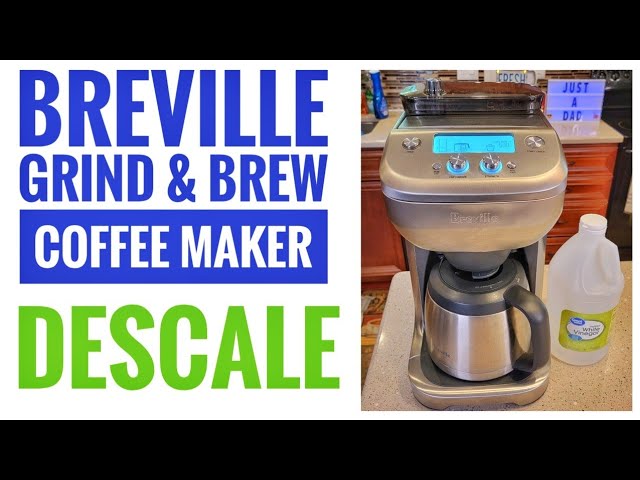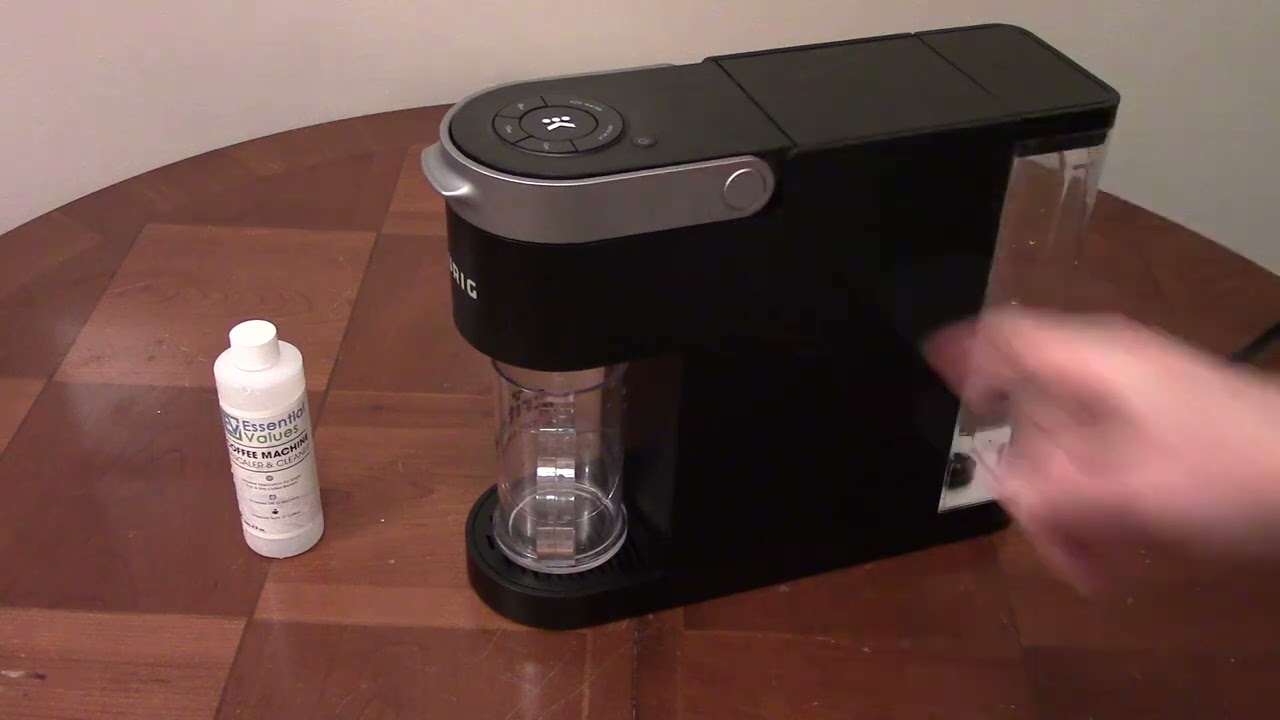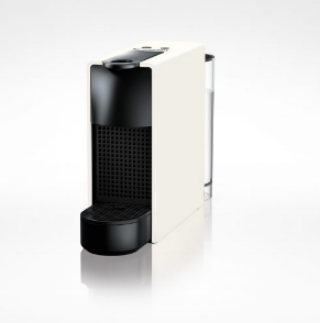Descale Teapot: The Ultimate Guide to Removing Limescale Build-up
Purchasing products via the links in our article may result in us earning a commission, but rest assured, this does not influence our editorial independence.
Teapots are an essential tool for tea lovers, providing the perfect vessel to brew and enjoy their favorite blends. However, over time, teapots can develop a buildup of scale, which not only affects the taste of your tea but also poses potential health risks.
In this article, we will explore the importance of descaling your teapot regularly and the benefits it brings to your tea-drinking experience.
Understanding Scale Buildup in Teapots
A. What Causes Scale Buildup?
Scale buildup in teapots is primarily caused by minerals found in tap water, such as calcium and magnesium. When water is heated, these minerals form deposits on the interior surfaces of the teapot, creating a hard, chalky substance known as scale.
B. How Does Scale Affect the Taste of Tea?
Scale can significantly impact the taste of your tea. As it accumulates in your teapot, it can alter the flavor profile of your brew, making it taste bitter or metallic. This can be particularly frustrating for tea enthusiasts who value the delicate nuances of different tea varieties.
C. Potential Health Risks Associated with Scale
Aside from affecting the taste of your tea, scale can also pose potential health risks. The minerals present in scale can harbor bacteria and other impurities, compromising the cleanliness of your teapot. Regular descaling helps eliminate these risks, ensuring that your teapot remains safe for use.
Signs That Your Teapot Needs Descaling
To determine whether your teapot requires descaling, watch out for the following signs:
A. Changes in Water Flow
If you notice a decrease in the flow of water from your teapot’s spout, it may be an indication that scale has built up and is obstructing the water passage. This can affect the efficiency of your teapot and make the brewing process longer than usual.
B. Discoloration or Residue on the Teapot
Scale buildup often manifests as white or off-white stains on the interior surfaces of your teapot. These stains can be difficult to remove and may require descaling to restore the teapot’s original appearance.
C. Unpleasant Taste or Odor in the Tea
If your tea starts to taste strange or has an unpleasant odor, it could be a result of scale buildup in your teapot. The minerals in the scale can leach into the tea, altering its taste and aroma.
Different Methods for Descaling Teapots
There are several effective methods for descaling teapots, including:
A. Vinegar Descaling Method
Vinegar is a versatile and readily available household ingredient that can effectively dissolve scale. Here’s how you can descale your teapot using vinegar:
- Fill your teapot with equal parts water and vinegar.
- Let the mixture sit in the teapot for at least an hour, or overnight for severe scale buildup.
- Rinse the teapot thoroughly with clean water to remove any vinegar residue.
Pro Tip: To enhance the effectiveness of vinegar descaling, you can heat the vinegar-water mixture before pouring it into the teapot. This will help break down the scale more efficiently.
B. Lemon Juice Descaling Method
Lemon juice is another natural descaling agent that can effectively remove scale from teapots. Follow these steps to descale your teapot using lemon juice:
- Squeeze the juice of two lemons into your teapot.
- Fill the teapot with water until it is about three-quarters full.
- Allow the lemon juice mixture to sit in the teapot for a few hours.
- Rinse the teapot thoroughly with clean water to remove any lemon juice residue.
Benefits of Using Lemon Juice: In addition to descaling, lemon juice also helps eliminate any unpleasant odors that may have developed in your teapot.
C. Citric Acid Descaling Method
Citric acid is a powerful descaling agent commonly used in commercial descaling products. Here’s how you can descale your teapot with citric acid:
- Dissolve a tablespoon of citric acid in warm water.
- Pour the citric acid solution into your teapot, ensuring that it covers all the scale deposits.
- Allow the solution to sit in the teapot for a few hours or overnight.
- Rinse the teapot thoroughly with clean water to remove any citric acid residue.
Advantages of Citric Acid Descaling: Citric acid is highly effective in removing stubborn scale deposits, making it an excellent choice for heavily scaled teapots.
D. Commercial Descaling Products
If you prefer a hassle-free descaling experience, you can opt for commercial descaling products specifically designed for teapots.
How to Use Commercial Descaling Products Effectively: To ensure the best outcome, carefully follow the manufacturer’s instructions, including the recommended dilution ratio and contact time.
Natural Alternatives for Descaling Teapots
If you prefer to use natural ingredients for descaling, consider the following alternatives:
A. Baking Soda Descaling Method
Baking soda is a gentle yet effective descaling agent that can be used for teapots. Here’s how you can descale your teapot using baking soda:
- Fill your teapot with warm water.
- Add two tablespoons of baking soda to the teapot.
- Stir the mixture until the baking soda dissolves.
- Let the solution sit in the teapot for a few hours.
- Rinse the teapot thoroughly with clean water to remove any baking soda residue.
Benefits of Using Baking Soda: Baking soda not only removes scale but also helps eliminate any unpleasant odors in your teapot.
B. White Vinegar and Baking Soda Combination
Combining white vinegar and baking soda creates a powerful descaling solution. Follow these steps to descale your teapot using this combination:
- Fill your teapot with equal parts white vinegar and water.
- Add two tablespoons of baking soda to the mixture.
- Allow the solution to sit in the teapot for a few hours, or overnight for severe scale buildup.
- Rinse the teapot thoroughly with clean water to remove any residue.
Why This Combination Is Effective: The combination of white vinegar and baking soda creates a chemical reaction that helps break down tough scale deposits, making it easier to remove.
C. Other Natural Descaling Agents
Aside from baking soda and vinegar, there are other natural descaling agents you can use, such as salt and hydrogen peroxide.
- Salt Descaling Method: Dissolve a tablespoon of salt in warm water and let the solution sit in the teapot for a few hours before rinsing it thoroughly.
- Hydrogen Peroxide Descaling Method: Mix equal parts hydrogen peroxide and water in your teapot. Allow the solution to sit for a few hours before rinsing it thoroughly.
Tips for Preventing Scale Buildup in Teapots
While regular descaling is essential, you can also take preventive measures to minimize scale buildup in your teapot. Consider the following tips:
A. Regular Cleaning and Maintenance
After each use, rinse your teapot with warm water and gently scrub the interior surfaces to remove any loose tea leaves or residue. This will help prevent scale from forming in the first place.
B. Using Filtered or Distilled Water
Using filtered or distilled water in your teapot can significantly reduce the mineral content that contributes to scale buildup. Consider investing in a water filter or using distilled water for brewing your tea.
C. Avoiding Prolonged Exposure to Heat
Avoid leaving your teapot on a heat source for an extended period, as this can accelerate scale formation. After brewing your tea, transfer it to a separate container or use a teapot cozy to keep it warm instead.
Best Practices for Descaling Different Types of Teapots
Different teapot materials require specific care when descaling. Here are some best practices for descaling various types of teapots:
A. Glass Teapots
Glass teapots are delicate and require gentle descaling methods. Avoid using abrasive materials or harsh chemicals that may scratch or damage the glass. Vinegar and baking soda are safe options for glass teapots.
B. Stainless Steel Teapots
Stainless steel teapots are more durable and can withstand stronger descaling agents. You can use vinegar, citric acid, or commercial descaling products to remove scale from stainless steel teapots.
C. Ceramic Teapots
Ceramic teapots are prone to staining, so it’s essential to choose descaling methods that won’t leave behind residue or discoloration. Baking soda, vinegar, and citric acid are safe options for descaling ceramic teapots.
D. Cast Iron Teapots
Cast iron teapots require special care to prevent rusting and maintain their seasoning. Avoid using acidic descaling agents like vinegar or lemon juice, as they can strip away the teapot’s protective coating. Instead, opt for commercial descaling products specifically designed for cast iron teapots.
VIII. Cleaning and Descaling Teapot Accessories
Don’t forget to clean and descale your teapot accessories to ensure a complete tea-drinking experience. Here’s how you can clean different teapot accessories:
A. Teapot Lids and Handles
Remove the lids and handles from your teapot and wash them with warm, soapy water. For stubborn stains or scale, use a soft brush or sponge to gently scrub the affected areas.
B. Tea Strainers and Infusers
If your teapot has a built-in tea strainer or infuser, remove it and rinse it under warm water to remove any loose tea leaves. For thorough cleaning, soak the strainer or infuser in a solution of warm water and mild dish soap, then rinse it thoroughly.
C. Teapot Spouts
To clean and descale the teapot spout, use a small brush or pipe cleaner to remove any residue or scale buildup. Be gentle to avoid damaging the spout.
Safety Precautions When Descaling Teapots
When descaling your teapot, it’s essential to prioritize safety. Follow these precautions to ensure a safe descaling process:
A. Proper Ventilation
When working with descaling solutions, make sure you are in a well-ventilated area to avoid inhaling any fumes. Open windows or use a fan to improve air circulation.
B. Protective Gear
Wear gloves and goggles to protect your hands and eyes from the descaling solutions. Some descaling agents can be corrosive, so it’s crucial to take precautions.
C. Safe Disposal of Descaling Solutions
After descaling, dispose of the descaling solutions properly. Avoid pouring them down the drain, as they can be harmful to the environment. Instead, follow local guidelines for the safe disposal of chemicals.
Alternative Methods for Removing Stubborn Scale
If the scale in your teapot is particularly stubborn, consider trying these alternative methods:
A. Scrubbing with a Brush or Sponge
For tough scale deposits, scrubbing with a brush or sponge can help loosen the buildup. Use a non-abrasive brush or sponge and gentle pressure to avoid scratching the teapot’s surface.
B. Soaking in a Descaling Solution Overnight
If other methods haven’t been effective, try soaking your teapot in a descaling solution overnight. This extended contact time can help break down stubborn scale deposits.
C. Using a Descaling Agent Specifically Designed for Stubborn Scale
If all else fails, consider using a descaling agent specifically formulated to tackle stubborn scale. These products are designed to dissolve even the toughest deposits, making them ideal for heavily scaled teapots.
Maintaining the Aesthetic Appeal of Teapots During Descaling
Descaling can sometimes cause stains or discoloration on teapots. Here are some tips to maintain the aesthetic appeal of your teapot during the descaling process:
A. Removing Stains and Discoloration
For stains or discoloration caused by descaling, create a paste using baking soda and water. Gently apply the paste to the affected areas and let it sit for a few minutes before rinsing it off. This should help remove any stains or discoloration.
B. Polishing Teapot Surfaces
To restore the shine and luster of your teapot, use a soft cloth and a small amount of olive oil or specialized teapot polish. Gently buff the teapot’s surface in circular motions until it regains its original shine.
XII. Conclusion
Regular descaling is crucial for maintaining the quality of your tea and ensuring the longevity of your teapot. By following the methods and tips outlined in this article, you can effectively remove scale buildup and enjoy a better tea-drinking experience. Remember, a well-maintained teapot not only enhances the flavor of your tea but also contributes to your overall health and well-being.
FAQs
Here are some frequently asked questions about descaling teapots:
A. How Often Should I Descale My Teapot?
The frequency of descaling depends on the mineral content of your water and the frequency of use. As a general guideline, descale your teapot every 1-3 months to prevent significant scale buildup.
B. Can I Use Vinegar to Descale a Glass Teapot?
Yes, vinegar is safe to use on glass teapots. However, be cautious when using stronger descaling agents or abrasive materials, as they can scratch or damage the glass surface.
C. Is It Safe to Use Citric Acid on a Ceramic Teapot?
Yes, citric acid is safe to use on ceramic teapots. However, avoid using abrasive materials or harsh chemicals that may scratch or damage the ceramic surface.
D. What Should I Do If the Scale Doesn’t Come Off After Descaling?
If the scale doesn’t come off after descaling, try using alternative methods such as scrubbing with a brush or sponge, soaking the teapot overnight, or using a descaling agent specifically designed for stubborn scale.
E. Can I Use Descaling Products on Antique Teapots?
It is generally not recommended to use descaling products on antique teapots, as they can potentially damage the delicate surfaces or remove patina. Consult with a professional or antique teapot expert for appropriate cleaning methods for your antique teapot.
Sarah Johnson
Sarah Johnson is a home appliance expert with over 10 years of experience in the field. She has a deep understanding of descaling solutions and the importance of maintaining home appliances. She has a passion for helping others keep their appliances in top condition through her writing




